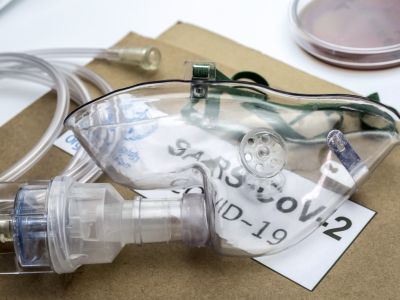Healthcare-associated infections (HAIs) are a significant cause of morbidity and mortality in hospitalized patients. Water in the environment can be a source of infection linked to outbreaks and environmental transmission in hospitals. Water safety in hospitals remains a challenge. This paper by Yiek, et al. (2021) summarizes available scientific literature to obtain an overview of outbreaks linked to water-containing hospital equipment and strategies to prevent such outbreaks.
The researchers made a list of water-containing hospital equipment and devices in which water is being used in a semi-closed circuit. A literature search was performed in PubMed with a search strategy containing the names of these medical devices and one or more of the following words: outbreak, environmental contamination, transmission, infection. For each medical device, they summarized the following information: the function of the medical device, causes of contamination, the described outbreaks and possible prevention strategies.
The following water-containing medical equipment or devices were identified: heater-cooler units, hemodialysis equipment, neonatal incubators, dental unit waterlines, fluid warmers, nebulizers, water traps, water baths, blanketrol, scalp cooling, and thermic stimulators. Of the latter three, no literature could be found. Of all other devices, one or more outbreaks associated with these devices were reported in the literature.
The water reservoirs in water-containing medical devices can be a source of microbial growth and transmissions to patients, despite the semi-closed water circuit. Proper handling and proper cleaning and disinfection can help to reduce the microbial burden and, consequently, transmission to patients. However, these devices are often difficult to clean and disinfect because they cannot be adequately opened or disassembled, and the manufacturer’s cleaning guidelines are often not feasible to execute. The development of equipment without water or fluid containers should be stimulated. Precise cleaning and disinfection guidelines and instructions are essential for instructing healthcare workers and hospital cleaning staff to prevent potential transmission to patients.
Reference: Yiek W-K, et al. Outbreaks of healthcare-associated infections linked to water-containing hospital equipment: a literature review. Antimicrobial Resistance & Infection Control. Vol. 10, Article 77. 2021.

Be the first to comment on "Researchers Find Water Reservoirs in Water-Containing Medical Devices Can be a Source of Microbial Growth, Transmission to Patients"